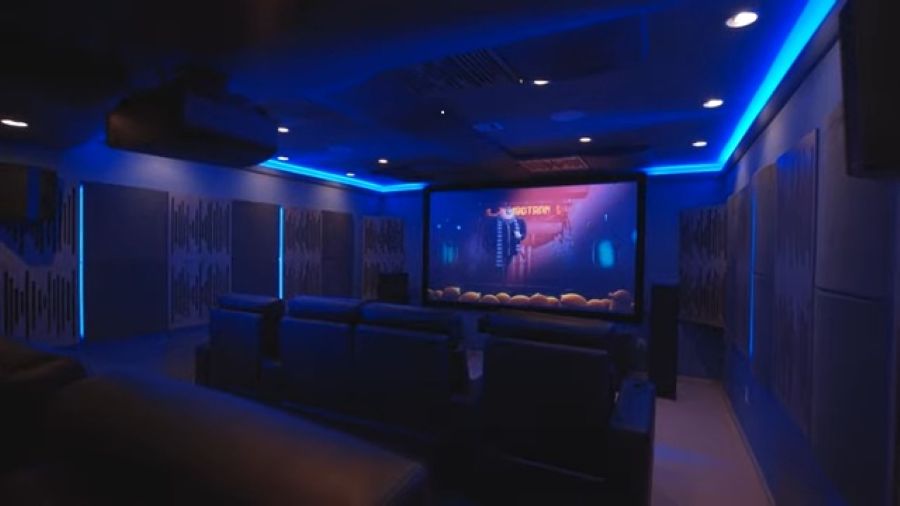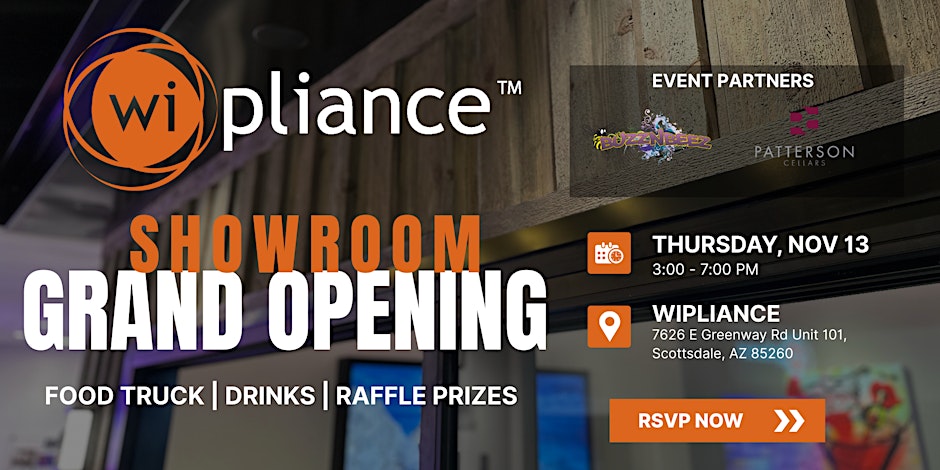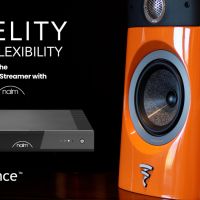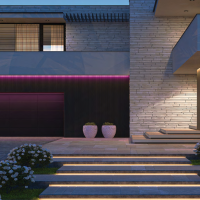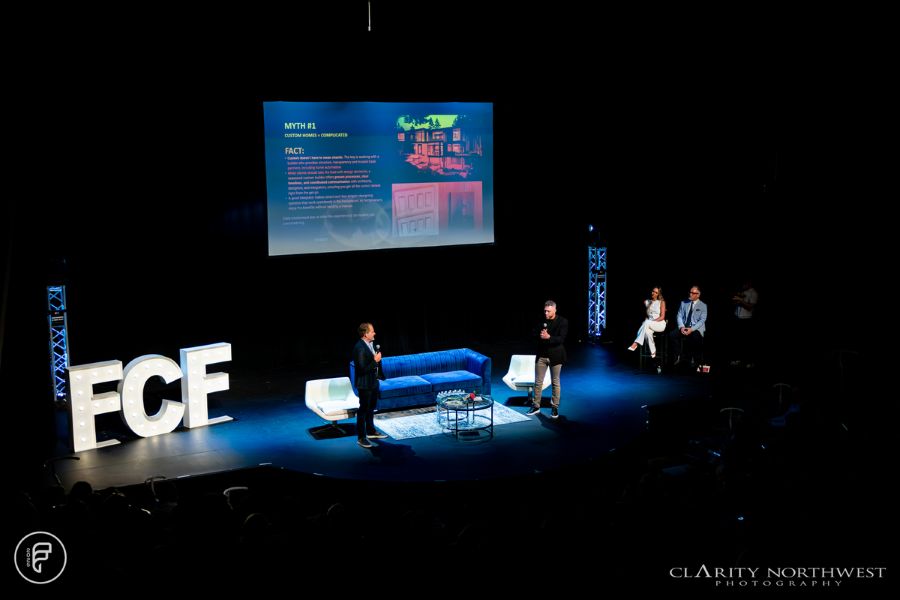
On June 5, 2025, Futurecast Forum presented Thrive in ’25 Real Estate Summit. This summit provided keynote addresses, presentations, and moderated panels from some of the thought leaders and top industry experts in the regional real estate market.
One of the highlights was a panel on "5 Myths + Facts in Luxury Home Building" with Lee Travis of Wipliance and Stacy Eakman of Alair Homes. They explored common misconceptions, such as smart home automation being a luxury element and the complicated process of custom home building.
Here, we’ll explore what these two powerhouses in the custom home arena shared and the truth behind luxury home building in 2025.
SEE ALSO: Leading Designers Are Elevating Spaces with Wipliance’s Assistance
Myth #1: Custom Homes = Complicated
Building a custom home can feel overwhelming. There are an incredible number of choices in design, materials, fixtures, and all the other details that go into creating the home of your dreams.
The truth is that while these homes require careful planning with expert guidance, designing your dream home should be an exciting undertaking, not an overly complicated and time-consuming process.
The key is working with a builder who provides structure, transparency, and trusted trade partners, such as home automation specialists. An experienced custom builder has developed proven processes and timelines that keep the project running smoothly.
And while the smart technology that goes into these luxury homes may seem complicated, a seasoned integrator ensures effortless one-touch control, with automation working seamlessly in the background.
Myth #2: Get at Least 3 Bids to Avoid Overpaying
This myth has been around for decades. Today, however, people are realizing that going with the best price invariably means compromising on quality.
Lower bids may exclude essential components that, if omitted, will ultimately incur additional costs. These commonly include future-proofing, documentation, and post-installation support.
The better route is to consider your builder and integrator’s experience and reputation. You want a partner who will flawlessly execute your vision and collaborate with architects and designers from day one.
Myth #3: Prices May Come Down on Construction + Tech Products
It’s common to postpone purchasing homes, cars, and other big-ticket items, thinking prices will drop. The truth is that construction costs are on the rise, and the Administration’s trade wars and corresponding mortgage rate volatility are ensuring prices remain high.
Not only are materials, such as concrete, seeing continuing price increases, but wages are also on the rise. As Economics 101 suggests, demand and prices are unequivocally linked. Industry projections suggest the construction industry will need approximately 439,000 new workers in 2025 to meet the demand.
And if you think technology will find its way down the price ladder, think again. The global smart home market is projected to grow from $149.43 billion in 2025 to $633.2 billion by 2032, representing a whopping compound annual growth rate of 22.9%.
Myth #4: Smart Home Automation Is a Luxury
Today’s homebuyers, particularly Gen Z and Millennials, expect smart infrastructure to be part of the package. Future-proofing homes with a strong wired backbone and modular smart hubs provide homeowners with the means to update their technology over time without the expense of major renovations that require tearing down walls and structural alterations.
National data suggests that homes with built-in smart tech sell faster and at a premium. Systems like lighting control, distributed audio, smart thermostats, and automated shades add resale value and energy efficiency, making them a strategic, not indulgent, investment.
Myth #5: Always Choose Your Architect First
The truth is that it takes a team to create a custom home that exceeds your expectations. From the initial design phase, architects, builders, and other integrators should work together. This collaboration ensures the build team meets your budget and project needs without unnecessary changes that result in additional costs and time.
One great example is prewire. When installed in the early stages, speakers, sensors, and control panels can be strategically hidden or flush-mounted, blending in seamlessly with your home’s design.
When planned early, smart tech and unique construction elements enhance the home without competing with your architecture or décor. The result? A space that feels intentional, elevated, and seamless.
Are you ready to discover the difference smart technology can make in your home and life? To learn more about luxury, custom home building in today’s market, contact Wipliance.

